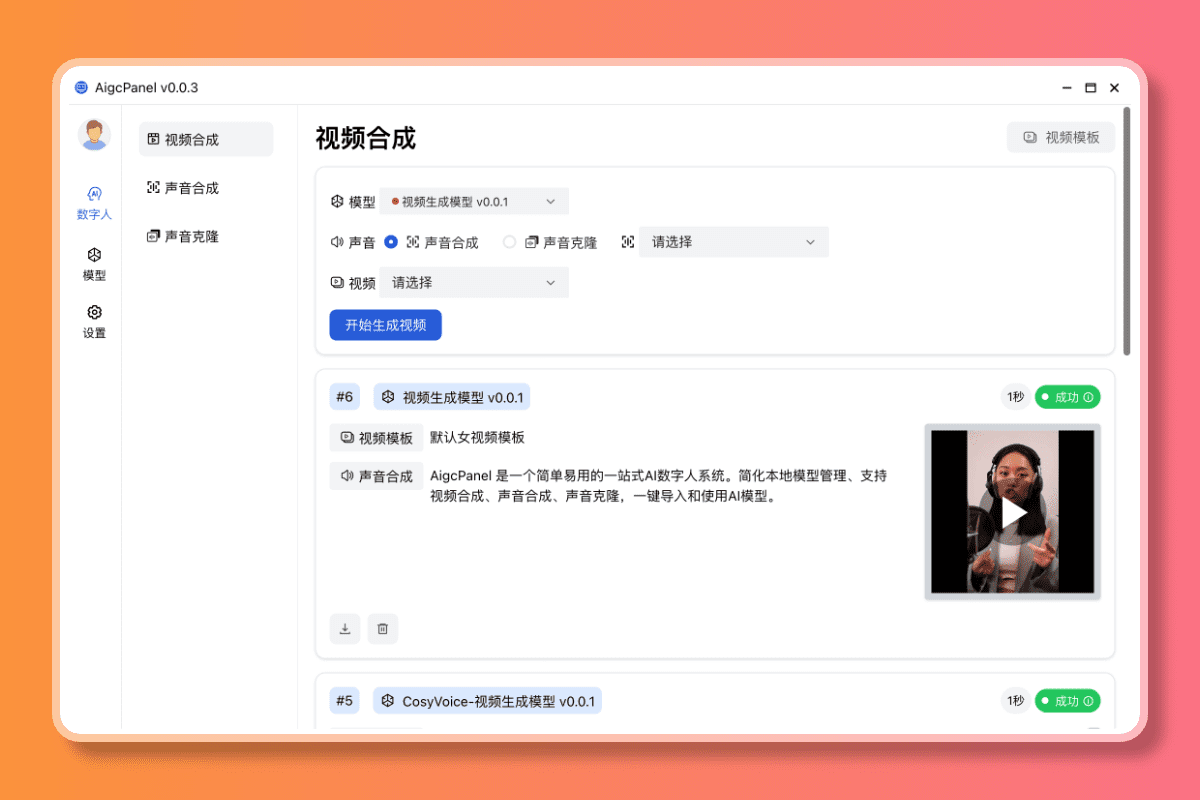JPMorgan Chase's path to AI transformation: from ban to full embrace
Background
JPMorgan Chase, the largest bank in the United States, has recently made a major shift in AI adoption. From initially disabling ChatGPT, the company has now fully embraced OpenAI technology with the launch of a generative AI assistant called the "LLM Suite," which helps more than 60,000 employees with their daily tasks.

Analysis of the reasons for the shift
- Data Security Considerations: The initial disabling of ChatGPT was due to concerns about the protection of sensitive data.
- MARKET PRESSURE: With the rapid development of generative AI technology and increased competition in the marketplace, JPMorgan Chase realized that it could fall behind its competitors by not adopting AI.
- The compromise: Using OpenAI technology through the internally developed LLM Suite platform leverages the benefits of AI while protecting data security.
JPMorgan Chase's AI Strategy
- Expanding AI programs: plans to increase from 400 to 1,200 AI programs over the next two years.
- Expanding AI talent: expect to expand the AI team from 2,000 to 5,000.
- DIRECT LEADERSHIP INVOLVEMENT: CEO Jamie Dimon emphasized that business leaders should be directly involved in the introduction of AI as a management issue rather than a purely technical one.
Top 10 Areas of AI Application
- Mail and report writing
- long document summary
- Excel operating aids
- Idea Generation
- Social Media Marketing Content Creation
- Travel itinerary planning
- Meeting summary generation
- Fraud prevention
- Branch and ATM siting
- Customer Service Optimization
Employee Skills Training
JPMorgan Chase is training its employees in "prompt engineering" to improve the efficiency of using AI tools. The company believes that in the future, AI may become an automated agent, so that ordinary employees can also command AI to complete the work as a manager.
Commentary and analysis
JPMorgan Chase's shift reflects the rapid proliferation of AI technology in the enterprise. This shift is reflected not only in the application of technology, but also in a fundamental shift in corporate thinking and strategy.
The company's use of an internal development platform combined with external AI technology balances the need for technological innovation and data security well, providing a lesson for other organizations.
JPMorgan Chase's expansion of AI applications into multiple business areas demonstrates the broad applicability of AI technology. This comprehensive application strategy helps improve overall operational efficiency and competitiveness.
The company's approach to training employees in PROMPT ENGINEERING is very forward-thinking. This will not only improve employees' ability to use AI, but may also change future work patterns and segregation of duties.
The direct involvement of CEOs in AI strategy development is to be recognized. This top-down push helps AI technology to take hold quickly and effectively in organizations.
However, along with the rapid adoption of AI, organizations need to be wary of possible problems, such as employees' over-reliance on AI and ethical issues with AI decision-making.
Overall, JPMorgan Chase's path to AI transformation represents a shift in attitude toward AI technology in the financial industry and the corporate world as a whole. This shift is not only about the application of technology, but also a profound change in business model and organizational structure. Other enterprises can take inspiration from it and actively embrace the opportunities brought by AI technology while ensuring security and compliance.
© Copyright notes
Article copyright AI Sharing Circle All, please do not reproduce without permission.
Related posts

No comments...




